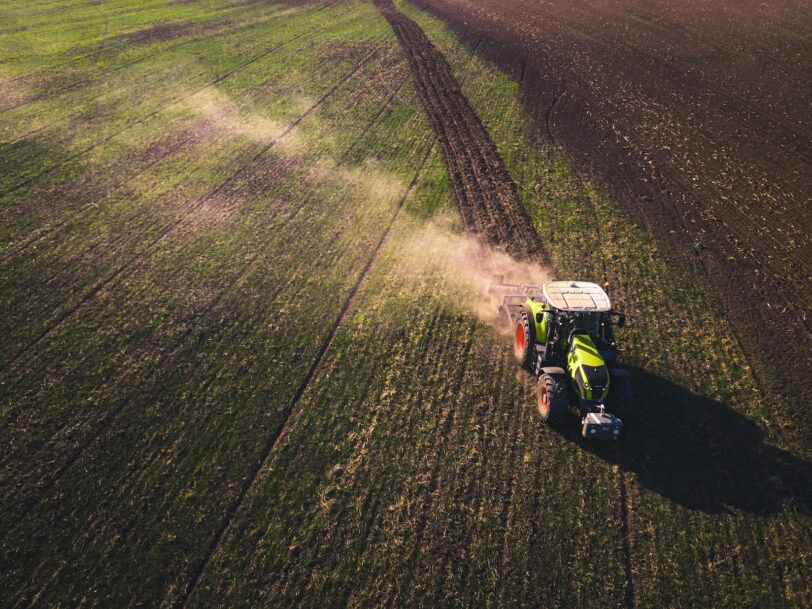What is Agrotech?

Technology is increasingly present in all areas of life, and agriculture is no exception. Can you imagine how he supports it? Agrotech companies have revolutionized the way food is produced. Do you want to know how they do it?
Imagine the traditional way of farming. For centuries, this task involved arduous manual labor in all processes. In addition, in the long term, the limited production of the agri-food industry would lead to great shortages. A result that seems inevitable if we also consider the problems facing agriculture: rampant desertification, crop pests and diseases, lack of infrastructure.
Faced with this reality, technology arrives to support farmers with more automated processes that minimize production barriers. Thus, agrotech companies represent salvation and evolve to overcome the challenges of this industry.
What is agrotech and how could it save agriculture?
Agrotech technology combines digital and traditional tools to take agriculture to another level. This increases efficiency, productivity and sustainability. In other words, their mission is to digitize the field.
This advance is defined by companies that offer technological services for digitization and the application of new technologies. Its areas of impact are the following:
- Cattle raising.
- Agriculture.
- Fishing.
- Rural settings.
They also cover four links in the agri-food chain:
- Production.
- Transformation.
- Commercialization.
- Distribution.
But why is all this necessary? McKinsey Consulting emphasizes the growth of the world population to an amount of approximately 9.7 billion inhabitants by 2050. This fact translates into food requirements and brings to the fore several variables, such as:
- Climate change.
- The economic impact of catastrophic weather events.
- The promotion of more ethical and sustainable agricultural practices.
- Reducing the use of chemicals and water.
Forms of use of agricultural technology
Based on the population growth trend, it is clear that we will need more food. To face this demand and its variables, the transformation of agriculture is absolutely necessary. Therefore, agrotech technology offers:
- Drones and sensors that monitor crops. This includes information about its condition, including growth, health, and watering needs.
- Automatic irrigation systems. Automation is essential in crops, so these systems use sensors to determine the correct and efficient distribution of water.
- Soil mapping. Information on soil characteristics is vital for its fertilization and management. This will maximize production and reduce the use of chemicals.
- Data analysis in real time. Users will visualize patterns and trends in crop yields. The result will be greater efficiency and productivity.
Innovations within reach of a crop
These are some of the technologies most developed by agrotech companies:
- The Internet of Things (IoT), which allows all devices on farms to be interconnected. It is expected to create smart farms that work autonomously.
- Agricultural robotics, which help with tasks like planting, planting, and maintaining crops.
- Artificial intelligence, which is still under development and is expected to drive: crop monitoring; performance predictions; pest and disease detection; weather forecasting; and autonomous vehicles for agriculture and field exploration.
- The use of drones, to support the mapping and inspection of crops, fumigation and irrigation.
- Agricultural biotechnology, which encompasses the development of new forms of production to obtain more food with less water and resources. There is also engineering of plants that are more resistant to pests and diseases.
Agrotech technology represents a valuable tool for the agricultural industry. It allows greater efficiency and productivity in growing food and managing natural resources. It is essential to consider that access to these advances is limited in some regions. On the other hand, technology alone is not enough to address all the challenges of the agricultural sector. A combination of innovation, policy and good practice is required to achieve a more prosperous and sustainable future for agriculture and the environment.